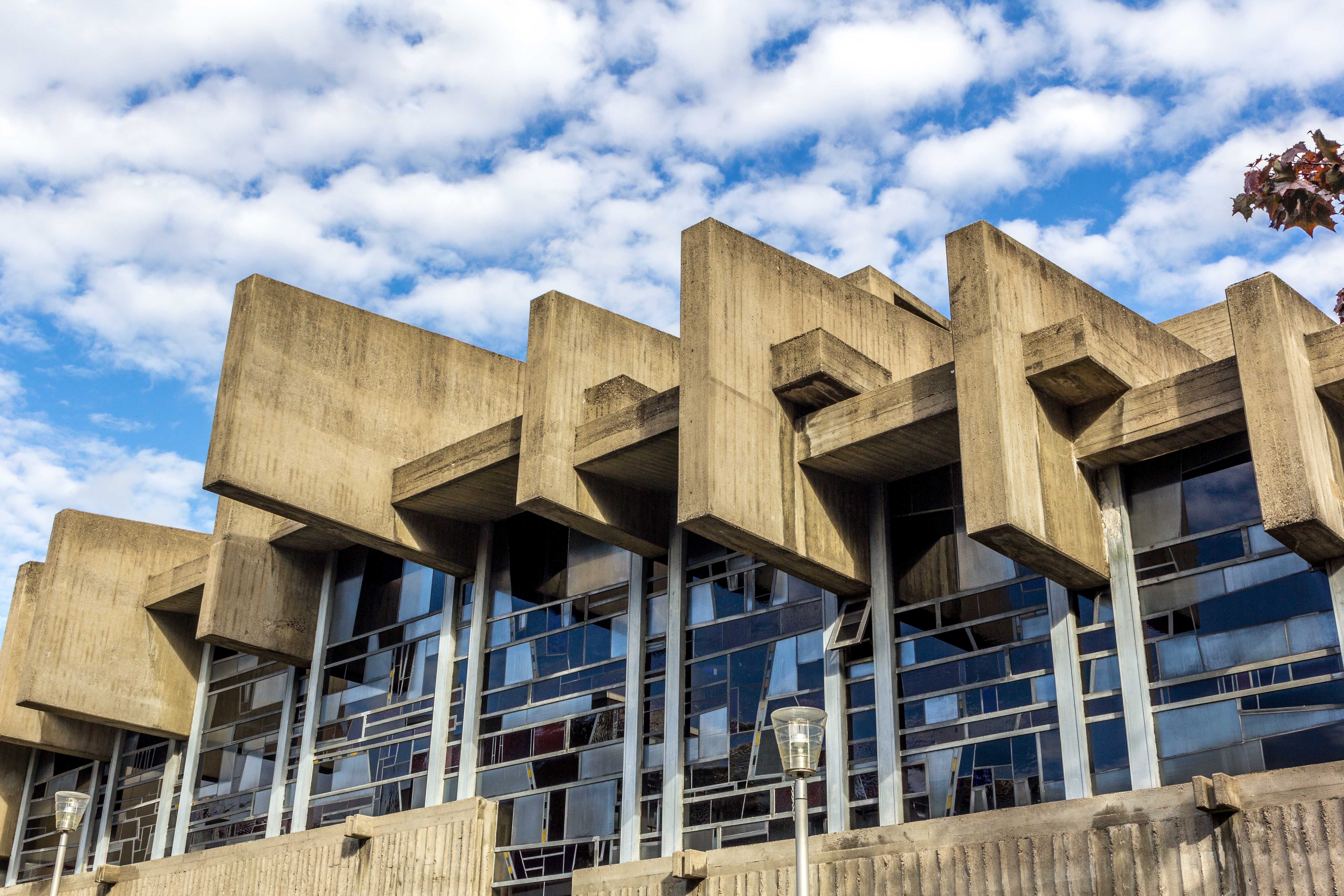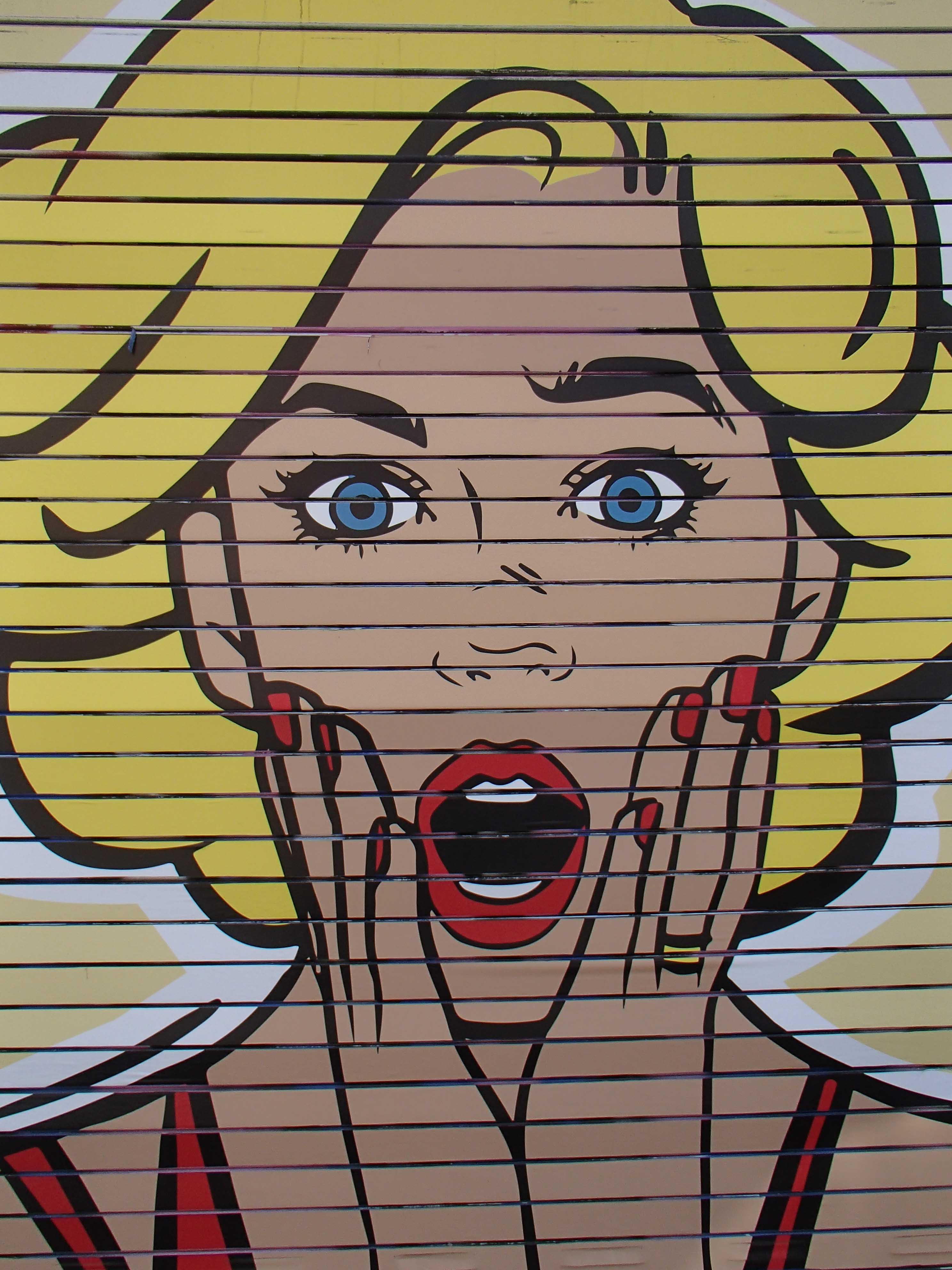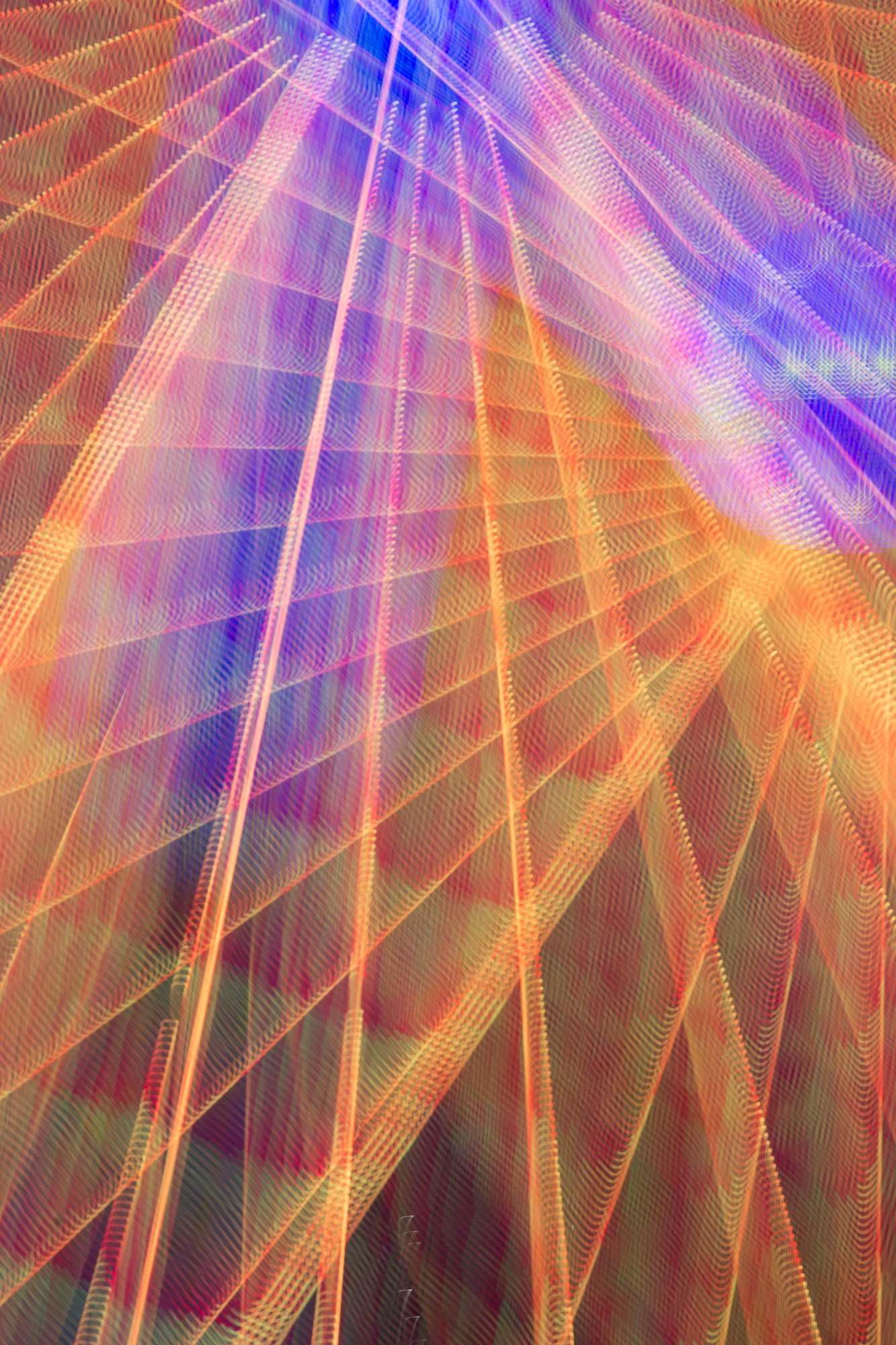How different does the world look when you change perspectives? Some buildings lend themselves to slicing through them and mirroring their facade. This way, something new emerges. The process of “serkalography”, from the Russian word serkalo (mirror), confounds our expectations and elicits a sense of mystery. That is why the goal of this post is …
Read More “Fresh Mirrors”
High above the city of Wuppertal lies a tranquil stretch of forest. The name Waldfrieden (Forest peace) reminds visitors of a cemetery, but instead there is plenty of lively art scattered around the pathways. The sculptor Tony Cragg has made this retreat his own, showing off his impressive jelly-like sculptures and inviting friends to display …
Read More “Tony Cragg’s Peaceful Forest”
The Wuppertal Suspension Railway or Schwebebahn is up and running again after many months of repairs and Covid/Corona lockdown. It is unique in Germany: an elevated railway passing through a city. The Schwebebahn was built in 1901. Carrying passengers along a stretch of 13 kilometers between Vohwinkel and Oberbarmen, mostly following the course of the …
Read More “Suspended But Running Again”
A postwar-classic little gem. From the glory days of West German camera production. Great ergonomics, shutter sound and smooth film advance. A sharp lens. Inexpensive. The Contina IIa hits all the buttons. It’s remarkable how quickly after the devastation of the war the fractured Zeiss company was able to regroup and offer quality products to …
Read More “Favorite Film Cameras: The Zeiss Ikon Contina IIa 527/24 (1954-56)”
Popular in many garden, hydrangeas provide a splash of color and texture. You can add cool colors to your green space. Pink, purple, white, light blue. Also known as hortensia, the bushes bloom for a very long time. I like how you can monitor the growth of the flower, from the seed capsules to the …
Read More “Hydrangeas in bloom”
Although the ancient bishopric of Mainz was destroyed in the air raids of the Second World War, the old town has been restored, including some interesting features from the early modern era. Before someone came up with numbering houses, they carried names. In the Augustinerstrasse, one of the half-timbered houses displays a row of faces …
Read More “Grotesque Faces in Mainz”
The Werra, named after a small river in Central Germany, has gone from an ugly duckling to a cult camera. It has several unique features: It was made by a company renowned for lenses, but not for camera bodies. The Werra originated behind the Iron Curtain, where the Communist government considered consumer products a bourgeois …
Read More “Favorite Film Cameras: The Carl Zeiss Werra (1954-66)”
Traveling through the Southwestern United States in monsoon season means discovering the many shapes of clouds. While not all of the rain accumulated in the sky will reach the ground – some will evaporate beforehand – the voluminous forms up above are simply astounding. Pictures cover the Rio Grande in northern New Mexico, the town …
Read More “Southwestern Skies”
The camera that nearly broke a company. The Leicaflex SL2 is heavy, solid, clunky. But combined with Leica glass, it’s a marvel of German engineering. The attempt to capture the SLR market might have failed, and Leica might have gone belly-up with this product. Clearly, the Japanese camera companies had gained the edge by this …
Read More “Favorite Film Cameras: Leicaflex SL2 (1974-76)”
He called himself an “Ausflugsmensch“, a human being going on excursions. And the nonchalant way in which he captured street life is characteristic of this self-definition. Ladies jumping over puddles, exhausted workers, mischievous children. Friedrich Seidenstücker went on walks through the city with his camera and snapped away. He also became one of the earliest …
Read More “On a daily excursion. The photographer Friedrich Seidenstücker (1882-1966)”


